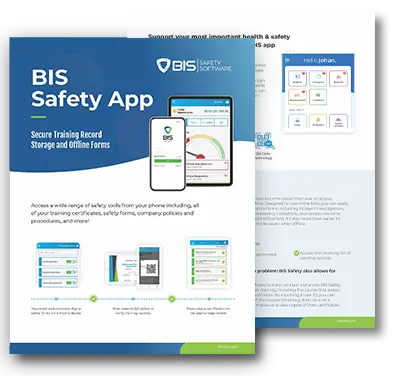
Course details
Fire Safety Awareness
Course Overview
According to the Occupational Safety and Health Administration (OSHA), more than 75,000 workplace fires and related explosions occur each year. Dangers of fire include heat, smoke, and toxic gases, all of which can have very negative consequences on the personal welfare of individuals exposed to fire.
The best way to prevent injuries and deaths from these hazards is to prevent fires in the first place. Upon successful completion of this course, you should be able to identify:
- Elements of a fire prevention plan, including fire prevention measures
- The requirements for emergency exits
- What to do in the event of a fire, including basic guidelines for evacuation and for using a hand portable fire extinguisher
- The classes of fire, the types of portable fire extinguishers, and workplace requirements for fire extinguishers
REGULATIONS
This course was designed to help satisfy requirements of the following regulations:
- Occupational Safety and Health Act (OSHAct), Section 5a, "General Duty Clause"
- 29 CFR Part 1910, Subpart L
- 29 CFR Part 1910.157
- 29 CFR Part 1910.35
- 29 CFR Part 1926.35
- 29 CFR Part 1910.36
- 29 CFR Part 1910.37
- 29 CFR Part 1910.38
- 29 CFR Part 1910.39
- 29 CFR Part 1910.165
- 29 CFR Part 1910, Subpart E and Appendix
- 29 CFR Part 1910.106 - 1910.110
- 29 CFR Part 1910, Subpart L, Appendices A, B, C, and D (1910.136, 1910.157 -1910.165)
- 29 CFR Part 1910.119, 1910.145, 1910.176
- 29 CFR, Subpart Q
- 29 CFR Part 1910.272, Appendices A, B, and C
Topics Covered
- Fundamentals of fire prevention
- Emergency exit components
- Fire alarm response
- Portable fire extinguishers
This course takes approximately 30 minutes to complete
A passing grade of 80% or higher required. Up to 3 attempts are provided.
A certificate will be provided upon the successful completion of this course










































